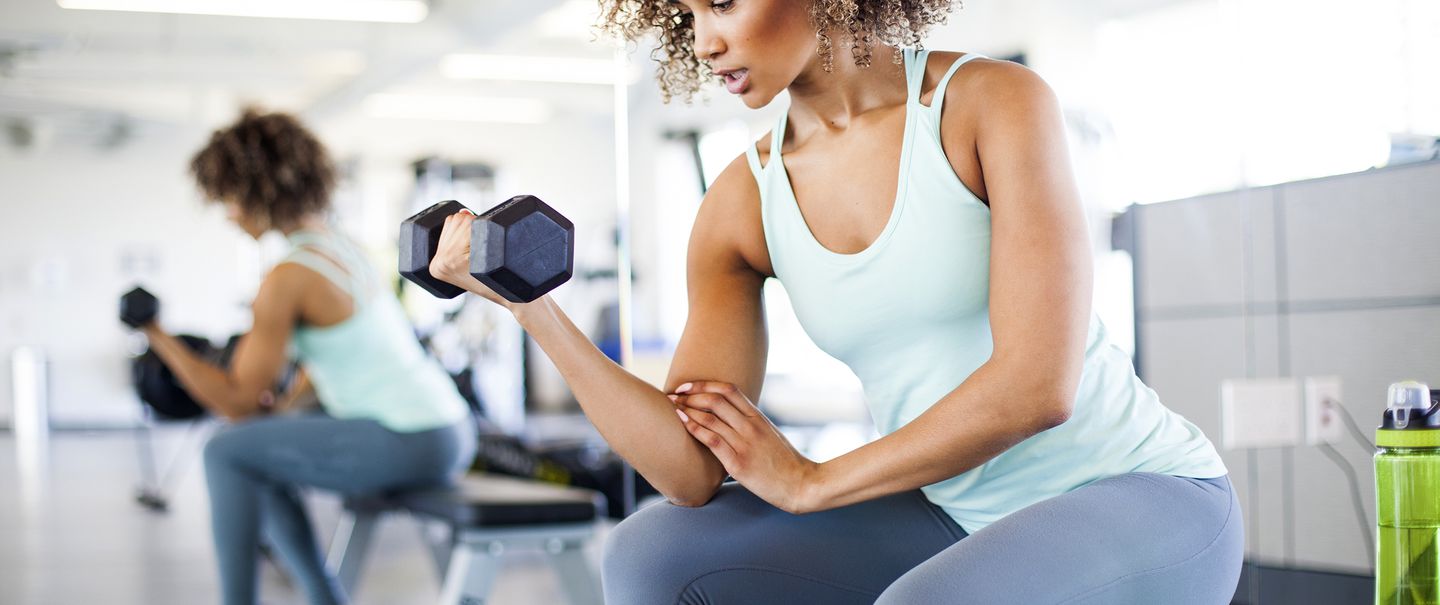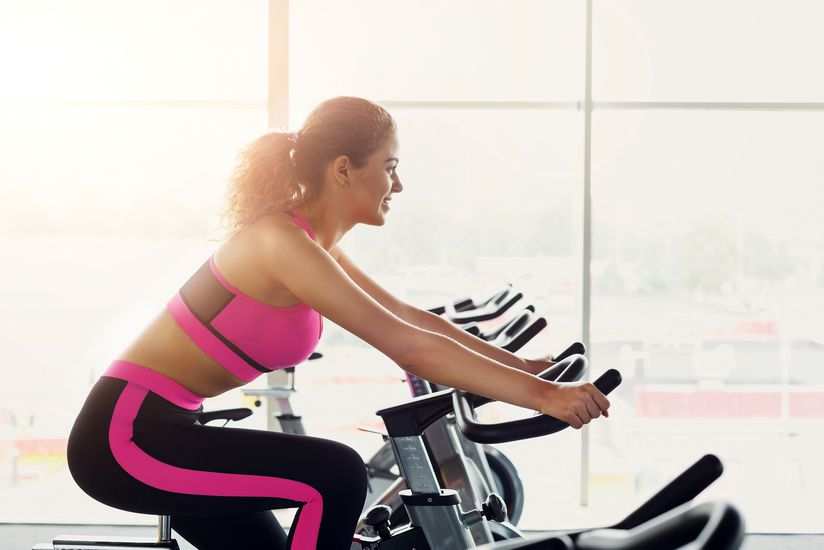Matters of Form
Simply getting motivating to work out can feel like an achievement — yet all of that dedication and hard work can be derailed if you're not exercising correctly. Without learning proper form for even simple exercises, you run the risk of injury, forcing you to postpone fitness goals while you recover. Even if you manage to avoid a debilitating and painful injury, bad form can also keep you from getting the full benefit of a workout for the muscles you're targeting. And it's easy to miss the problem, especially if you've been doing exercises for years or picked them from a class.
"Most people are desk workers and have postural distortions because of it. Rounded shoulders, forward head posture, tight hips, ankle weakness, and inactive glutes," says Kelly Michaels Giordano, a certified personal trainer with more than 22 years in the fitness industry. "Having the body in correct alignment, in my opinion, can help eliminate the 'problems or incorrect movement' that we see as professionals." The following are some common mistakes and how to fix them.
Related: Ways to Get Exercise While Just Going About Your Day



























